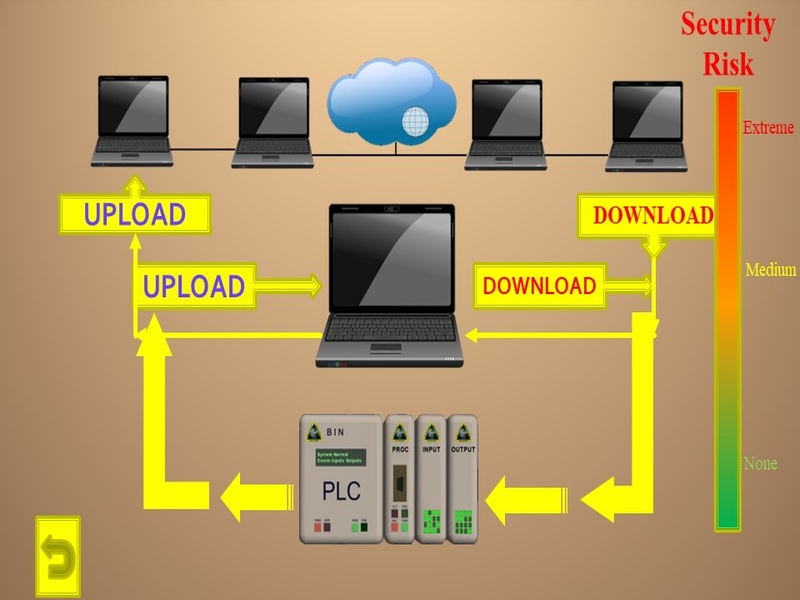If you learned how to back up a PLC program, please back up all your automation control programs.

Backing up your automation control programs is crucial to ensure the safety and integrity of your PLC programs. You can quickly back up your PLC program to avoid data loss and downtime. Like PLCs themselves, the process is simple.
How to back up a PLC program?
- Plug the cable into the computer and PLC.
- Establish communication between the PLC and the computer.
- Use PLC vendor software to save a copy of the PLC program to your computer.
The more your PLCs and other automation control systems are on the same network, the easier and quicker it will be to back up all programs.
Backing up your automation control programs ensures your systems' smooth operation and reliability. Whether you are working with PLC programs or other automation control software, a backup strategy is essential to protect against data loss and minimize downtime.
Establishing a regular backup schedule is one of the most important recommendations for backing up your automation control programs. Backup scheduling means creating a routine where you consistently save copies of your PLC programs and related files. By doing so, you can ensure that you always have access to the most recent version of your programs in case of any unforeseen issues or failures.
Also, it would be best to store these backups in multiple locations. The storage device could include external hard drives, cloud storage services, or even physical copies stored offsite. By diversifying the storage locations, you can mitigate the risk of losing all backups due to a single point of failure.
Another recommendation is to document and organize your backup files effectively. Could you label each backup with relevant information such as date, version number, and purpose? Labeling will make locating specific backup copies easier when needed and avoid confusion during restoration processes.
Regularly testing the integrity of your backup files is also crucial. It's not enough to create backups. You must ensure they are functional and not corrupted. Periodically perform test restores on a separate system or virtual environment to verify that your backups are reliable.
Lastly, consider implementing an automated backup solution. Automation tools can streamline the process by automatically creating backups at scheduled intervals without requiring manual intervention. Automating the process reduces the chances of human error and ensures consistent adherence to backup protocols.
By following these recommendations for backing up your automation control programs, you can safeguard against potential data loss and minimize downtime in case of emergencies or system failures. Remember that prevention is always better than cure when protecting critical program data!
Minimum Automation Control Backup Schedules: We recommend you add these backup schedules to your automation control management SOP.
- Back up every six months.*
- Test backup integrity every two years.**
* Make backups on schedule even if the program has been unmodified since the last backup.
** Testing of backup program integrity may vary depending on where it is stored and the associated risk of location and other factors.
